
“Welcome home to Nuuk,” said Mats Bjerde, director of the Nordic Institute in Greenland (NAPA), in his speech at the Nuuk Nordic Culture Festival 2019, which was officially opened by the mayor of Nuuk, Charlotte Ludvigsen, shortly afterwards. NAPA and the local authorities have joint ownership of the cultural festival, which encompasses many genres and has been held every other year since 2015. The third instalment brought together hundreds of artists – half of whom were Greenlandic, while the rest mostly came from other Nordic countries – for just over a week of concerts, art exhibitions, film screenings, dance, theatre, performance, literature events, lectures, and debates. The official opening took place in the city’s shopping centre, the Nuuk Center, in a hall densely packed with people of all ages, both locals and international guests who had turned up to take in a show that included not only dancing children, and traditional Inuit mask dances, singing, and drumming, but also a poetry reading by the Greenlandic poet and activist Aka Niviâna, known for her collaboration with Kathy Jetñil-Kijiner from the Marshall Islands in the filmed climate poem Rise: From One Island to Another (2018), as well as a brief concert featuring the Greenlandic rapper Tarrak.
There was a reason behind Bjerde’s choice of words: the theme of this year’s instalment of the Nuuk Nordic Culture Festival, which took place from 7–13 October, was “home,” its official title being Welcome Home. In his speech, Bjerde addressed the issue of “home” by making references to local problems of homelessness, as well as to the desperate international refugee situation. I wholeheartedly support the idea that we are all citizens of the world. And yes, this time around, arriving in Greenland’s small capital felt a little like coming home. But what do I know about being home in Nuuk? I am one of those people who arrive for brief visits to write home about, and as such, I position myself within a centuries-long tradition of Scandinavian travellers arriving in Greenland. I find myself embedded in a colonial structure, and I cannot escape it; all I can do is try to be as aware as possible of the position I’m writing from, of what I write and how I do it. “A Greenlandic person walking down the street in Denmark is political,” stated Greenlandic performance artist Jessie Kleemann in a panel discussion during the festival, and it feels important to be aware that my walking around in Greenland is not entirely apolitical either.
The
art of Nordic colonialism
Whereas Nuuk Nordisk 2017 lacked an overarching debate about the idea of Nordic unity, which is not a neutral concept in a Greenlandic context, this year’s festival faced the issue head on, thanks largely to the research conference The Art of Nordic Colonialism: Writing Transcultural Art Histories* at Ilisimatusarfik – University of Greenland. This all-day conference, which was held in conjunction with the festival’s opening day, also marked the start of a three-year research project of the same name, led by art historian Mathias Danbolt at the University of Copenhagen. The conference was arranged on the initiative of one of the contributors to the project, Nivi Christensen, director of the Nuuk Art Museum. Taking place in an auditorium packed with art historians, artists, and local students, the conference not only discussed issues pertaining to the Danish colonisation of Greenland, but also addressed the impact of Nordic colonialism in art and art history in a wider sense, with a particular focus on Sápmi and the West Indies.

In his introduction, Danbolt addressed the pervasive lack of awareness of colonial history so typical of the Nordic self-image, pointing out how the Nordic Council and other Nordic organisations have often presented a whitewashed image of the Nordic countries as ‘neutral ground’, places where peace and happiness prevail. He also pointed to the tendency to organise the responsibility for the Nordic colonial history and its effects into separate national narratives. Referring to the work of political scientist Iver Neumann, he described how many people in Norway still hold on to a national identity where they are not the perpetrators of imperialism, but rather as imperialism’s victims, which is quite contrary to historical fact. For example, Denmark was not alone in its involvement in the transatlantic slave trade and the colonisation of Greenland; Norway took part too. Danbolt also pointed to a corresponding lack of awareness regarding Denmark’s role in the colonisation of Sápmi. His research project takes its starting point in concepts such as “transculturality” and “translocality,” striving to think outside the national frameworks that have organised history writing, political critique, and museum collections for a long time.
The conference was a promising start in that respect. By addressing Nordic colonialism in a broader sense, the critique was clearly targeted at a systemic rather than a narrowly national level, facilitating an inclusive approach to Nordic art history and contemporary art. The dialogue not only involved the researchers who participated in the conference and contribute to the project alongside Danbolt, but also extended to the artists and audiences who took part in the festival, and not least to representatives of some of the major Nordic museums – such as Randi Godø from the Norwegian National Museum and Dorthe Aagesen from the National Gallery of Denmark – who obviously hold their fair share of responsibility for how history is written.
Of course, the issue of collection policies is a pertinent question in any museum context. In the follow-up to the conference, a symposium which took place at the Nuuk Art Museum a few days later, Anna Vestergaard Jørgensen – a PhD fellow at the National Gallery of Denmark – stated that in terms of Greenlandic art, the museum owns only 120 works on paper. Among the few artists represented in the archive are Aron of Kangeq (1822–1869), Lars Møller (1842–1926), and Anne-Birthe Hove (1951–2012). While it is true that the National Gallery of Denmark has long struggled with dire financial straits, this does not explain why its Nordic collection does not include a single work by an important contemporary artist such as Danish-Greenlandic Pia Arke (1958–2007). The question of how much Greenlandic art should be collected in Denmark is, of course, open to debate. One idea discussed during the symposium was whether Danish and Greenlandic museums should join up to make purchases and own works together. The conference participants seemed to agree that the role of the institutions must be reinvented, including as regards the presentation the art hanging in museums today, some of which paints colonialism in a flattering light. The fact that representatives of Nordic museums are engaging in conversations about these things, enabling them to reach a common understanding of the issues, is promising in itself and will hopefully produce results in the long term.

Art as the lion’s historian
Several of the conference participants emphasised that art is at the forefront of alternative history writing. The artists taking part in the conference included Danish-Trinidadian Jeannette Ehlers, who talked about her artistic work as an effort to be the hitherto missing historian required to call attention to “the invisibility and erasure of the black body” in Danish colonial history. Her I am Queen Mary, created in collaboration with La Vaughn Belle of the Virgin Islands, is the best-known example of this practice. Being the first public statue of a black woman in Denmark, the monument received media attention worldwide. Under the auspices of the Nuuk Art Museum, Ehlers contributed to a series of flags curated by Nuuk-based Danish artist Gudrun Hasle during the festival. Outside the uninhabited Holms Hus down by what is known in Danish as “Kolonihavnen” (in English, Colony Harbour, and in Greenlandic as “Nuutoqaq,” or old Nuuk), a stone’s throw from the statue of Hans Egede, the Danish-Norwegian missionary from Bergen who Christianised Greenland about three hundred years ago, a white flag was raised on which Ehlers had written: “Until the lion has their history, the hunter will always be a hero.” She first came across this saying in Ghana, on the wall of a dungeon inside a fort built by Danish colonisers in the late 18th century, and she has used it in several of her works. Danbolt referred to Ehlers’s flag in his introduction, reading it as a testimony to the power of storytelling, the importance of self-determination and self-assertion, and the necessity of altering the economies of visibility and audibility that for centuries have enabled the colonisers to shape the understanding of the past, and thus also the present.
Nuuk Art Museum presented a number of exhibitions during the festival and also reopened an installation originally presented this summer. Created by the Copenhagen-based, Greenlandic-Latvian artist Bolatta Silis-Høegh, Ukaliusat (2019) was a strikingly beautiful contrast to the dilapidated house in which it was displayed, especially when sunlight entered through the windows. The ceilings and walls of the inner part of the venue were painted light blue, and from the ceiling hung a cloud-shaped mobile made of cotton grass, a plant that grows wild in Nuuk and many other places in Greenland in the summer. Light would play in the white cotton-like seed heads gently floating amidst the expanse of blue, emphasising the installation’s feel of being the distilled sensation of summer.
There was also much beauty to be found in the festival’s main exhibition at the art museum, Pinnersaat/Jewelry, a group show featuring mainly Greenlandic artists who presented works poised somewhere between jewellery design and art, or, in Greenlandic, between pinnersaat and eqqumiitsuliat, which according to the exhibition texts can also mean “decoration, beautifying” and “making something weird.” Veering most strongly into the category of art, or weirdness, were two well-known works that have been shown in several contexts in the past: Norwegian-Sami Máret Ánne Sara’s Pile o´Sápmi Powernecklace (2017), is a piece that covers the wearer’s entire chest in tiny reindeer skulls made out of porcelain. Originally created for Documenta 14, the work is part of Sara’s artistic protest against the Norwegian authorities ordering her brother, Jovsset Ánte Sara, to slaughter large parts of his modest reindeer herd – an injunction that he has now, following several rounds in court, bypassed by giving away parts of his herd to other reindeer owners. Jessie Kleemann’s Beaddress (2012), which is based on the traditional beaded collar worn as part of the Greenlandic national costume for women, was made with the help of several seamstresses, but still took many months to complete. By extending the collar into a dress that can cover an entire body, Kleemann has created a column-shaped sculpture with human dimensions. As a garment, it appears constrictive, like a straitjacket, as it has no openings for the arms. The work can be seen both as a tribute to a traditional craft, a monument to Inuit culture, and a visualisation of how ideas about national and female identity can impede personal freedom.

At the Greenland National Museum, Danish artists Tinne Zenner and Eva la Cour showed the film and video installation Honeycomb Image/Archive Cladding (2019), which explores the connection between marble-clad facades in Copenhagen and the extraction of marble in Greenland. Two 16 mm projectors had been placed opposite each other so that the films were displayed on either side of a single silver screen. One of the films consisted of recent footage of refurbishment work done to the marble facade of the Overformynderiet in Copenhagen (a building from the late 19th century that used to house the public trustee’s office) the other consisted of a text-based commentary. In order to view the text the right side around, you had to watch the footage reversed, and vice versa. A monitor next to the film screened footage showing an office setting in which someone’s computer screen displays documentaries created in 1938 by the Danish photographer and filmmaker Jette Bang. Bang’s films are about the extraction of marble, coal, and other rocks in Greenland. The installation conveyed a strong impression of Denmark’s exploitation of Greenlandic workers and natural resources. One of Bang’s films drily observes that the Greenlanders turned out to be “very useful workers.” The text track accompanying the newly recorded 16 mm film speaks of working conditions in the 1960s, a time when the mining company controlled everything: where the workers lived, what they ate, what they did in their spare time. But after a strike in the 1970s, it was finally recognised that Greenlandic workers should have the same rights as non-Greenlanders.
Life in the concrete
This year, the Nuuk Nordic Culture Festival not only took over the various cultural venues in the city – it also extended to two housing estates in the centre of town. Block 1–10 is a series of ten almost identical, elongated low blocks, arrayed in series. The blocks were originally built in the 1960s with the intention of housing people whom the Danish authorities had forcibly relocated from smaller Greenlandic communities. Today, these buildings are very run-down, characterised by decay and social issues; during the festival period, the first of these blocks was in the process of being demolished to make room for a parking lot. On the initiative of Danish theatre producer and instructor Hanne Trap Friis, this year’s festival took over rooms on the ground floors of blocks 2 and 6 respectively, hosting a performance programme under the auspices of Friis’s Teater freezeProductions, and presenting, in collaboration with Nuuk Art Museum, exhibitions featuring four younger Greenlandic artists, as well as the Danish collective Larm. Most of the works displayed in the blocks took the site as their point of departure: Ivínguak’ Stork Høegh’s mural which closely resembled real mould except for the pattern of straight lines and squares; Paarma Olsvig Brandt’s vulnerable installation resembling a teenager’s bedroom in which a pink neon lamp spelled out the word ‘love’ on the wall; and Martin Brandt Hansen’s Efterfesten (After Party), an installation featuring a living room devastated by a ferocious after party, presumably one conducted to the sound of Metallica, Bob Marley, and Marilyn Manson – if the posters on the walls are anything to go by. The latter two installations nearly approached realism, attempting to create spaces similar to those you might find in a real flat inside the same building.

Inuuteq Storch’s exhibition of photography, video, and text-based works came across as more independent of its distinct setting. Storch makes extensive use of appropriated material. His projects featuring found photographs constitute a personal Greenlandic approach to historical narratives, explicitly offering a counterbalance to existing visual histories which are told mostly from an outsider’s perspective. In Block 2, Storch displayed four photos from the series Porcelain Souls, a selection of family photos taken by his parents, placed directly opposite a selection of old black-and-white portraits taken by the first professional Greenlandic photographer, John Møller (1867–1935), which seemed to mostly depict Danes in Greenland. The words “John Møller’s soul is made of porcelain,” were written in ink on the door leading into the exhibition space, apparently presenting him as a kindred spirit. Inside a small lavatory, Storch exhibited photos from the series Flesh, which consists of photographs he took on a study trip to New York. Shown here under the title Flush My Flesh, these photographs are grainy and snapshot-like; many are taken with flash. They depict fragments of everyday social situations, places, people, and animals. Storch’s images are reports from non-privileged positions, and are consistently infused by a tangible existential sensibility.
Using the blocks as a festival arena was an effective move in the efforts to bring art closer to real life in Nuuk. Its impact was heightened by the fact that the five performances in the Teater freezeProductions’ series Narsarsuaq / Sletten – my home is where my heart is (2019), conducted both in Danish or Greenlandic and in English translation, were all very moving stories about life in the blocks. In a monologue called The View, Makka Kleist portrayed an old lady thinking back upon her life before and after she and her family were forcibly relocated from a small fishing community to a concrete building where the view did not extend beyond the next block. She talked about how her husband had to shoot his dogs before they moved, about families being split up and sent to different cities, about the grief of having to leave family graves unattended, and about the comparatively comfortable, yet constrained life in the modern blocks. The Danish-Norwegian writer Kim Leine’s play Sletten, based on his own real-life experiences of living in Block 8 with his family, was a love-triangle drama in which a Danish man, played by Thomas Knuth, is torn between his Danish wife and his Greenlandic mistress, played by Helene Kvint and Karina Møller, respectively. Leine’s play was not only a love drama, but also an enactment of the tense relationship between Greenlanders and Danes, demonstrating how colonial history can affect close relationships.

Overall, the plays presented as part of the Narsarsuaq/Sletten series were dynamic and physically expressive. A prominent example was In Zombieland, a play based on texts by Greenlandic author Sørine Steenholdt’s short story collection of the same title. The play dealt brutally and directly with issues such as suicidal thoughts, childhood trauma, and existential pain in three young people played by Hans-Henrik Suersaq Poulsen, Nukakkuluk Kreutzmann, and Amisuna Berthelsen. The references to real life reached a high point with the play Remembering Lisa, presented in Block 6. It concerned the unsolved murder of a woman committed in that very place in 1985 – incidentally, the year in which Greenland got its own flag, as Klaus Geisler stated in his role as narrator, a role he would slide in and out of given that he also played the three different men whom the police suspected of killing Lisa. In one of many metafictional breaks away from standard narratives, Lisa (played by Majbritt Bech) expressed her dissatisfaction with being killed all the time, a repetition that was also exhausting for the spectator. The series of re-enactments effectively portrayed how Lisa’s story remains unresolved so long as her murder is still a mystery. In the only wordless piece of the series, Boy Meets Concrete, dancers Erlend Auestad Danielsen and Alexander Montgomery-Andersen depicted a relationship of love conducted in challenging conditions. With movements activating floors and walls in an alternately brutal and gentle choreography, they took their physical exploration of the living conditions in these blocks to a point where the concrete floor reverberated with their efforts.
Disko in Nuuk
Overall, this year’s festival offered plenty of poignant and powerful performance art. One of the moments I will remember and carry with me was the joik performance by Norwegian-Sami Elina Waage Mikalsen at the colonialism conference. During a coffee break, she took position in the middle of the room and began to joik until she had the full attention of everyone there. Then she slowly walked around the room, by turns standing close to each of us, gently joiking into our ears as if whispering a secret. Being sung to in such an intimate way is a rare thing, at least for adults. It was reminiscent of a parent singing a lullaby, or perhaps a lover whispering in your ear. At the same time, it obviously also demonstrated how the joik is a continuation of a tradition, a gift passed on from one person to another. Importantly, it drew the audience into a personal relationship with the joik, regardless of who we were and where we came from.

Mikalsen also took part in this year’s Disko Art Festival (DAF), an annual experimental art festival usually held at the Disko Bay farther north in West Greenland, but which visited the Nuuk Nordic Culture Festival this year. DAF arranged its own evening of performance art at the Nuuk Art Museum, where Mikalsen contributed an evocative improvised electronic sound and voice performance. Other participants included Jessie Kleemann, who staged a long performance in which she engaged in a confrontational interaction with the art and the audience. She began by covering up the painting Eskimoen dør (The Eskimo Dies, 1958) by the Danish painter and printmaker Aage Gitz-Johansen, and lying down in front of the picture as if dead. The collection at the Nuuk Art Museum shows not only Greenlandic art, but also representations of Greenland made by visitors, and Gitz-Johansen’s painting was recently purchased alongside three smaller works on paper. Gitz-Johansen visited Greenland several times in the 1930s and 1940s, and he created Eskimoen dør in response to his belief that Inuit culture was being destroyed by modernisation in the 1950s.
During the conference on colonialism, the picture was subjected to critical readings by Greenlandic students who protested against the exoticisation of Indigenous Greenlanders, so Kleemann’s treatment of the picture could be seen as an extension of this discussion. She later guided the Danish scholar Anna Vestergaard Jørgensen into the centre of the room, step by step, and then proceeded to draw forward the Greenlandic tattooist Maya Sialuk, who studies traditional Inuit tattoo patterns, and made the two women hold hands and look each other in the eyes. I guess you had to be there in order to understand how affecting that meeting between Danish and Greenlandic bearers of culture really was.
Arctic mourning
The evening of performance art also included a screening of video footage of Kleemann’s performance Arkhticós Doloros (The Arctic in Pain, 2019). This performance was originally part of a conference held this summer, and took place on the Ilulissat Ice Sheet beside one of the many blue inland lakes that have recently formed due to glacial melting. In the video, Kleemann puts down a long black runner fitted with light bulbs, arranging it parallel to the lake. Dressed in black and briefly bare-legged, she steps out onto the fabric and lifts it behind her like a sail, enveloping herself in it. She then goes on to tie a rope around her head, eyes, and mouth. She feels the surface of water with her hands, puts her hair in it, and then bunches up the runner into a black ball that she holds in front of her as if it were a pregnant belly. She then wraps it up in a transparent plastic sheet, carries it on her head to a red Air Greenland helicopter waiting for her, and puts the package into a small cargo compartment before climbing inside, ready to leave.
Kleemann’s portrayal of Arctic climate grief and the human inability to act against global warming was the most direct treatment of the climate crisis seen during the festival, apart from the screening of the Icelandic film Kona fer í stríð (Woman on the War Path, 2018), which is about a climate activist resorting to sabotage to stop international corporations. In connection with the screening of this film, the fisherman Nuunoq (aka Per Ole Fredriksen) travelled all the way from Attu, which is farther north in Western Greenland, to speak about the consequences of climate change. Nuunoq represents the Natural Resource Council of Attu, which in 2018 received the Nordic Council’s environmental award for “its efforts to document the marine environment and its suggestions on ways to manage it.” With the help of the Greenlandic fishermen’s insights, orally transmitted through generations, researchers have been able to better chart the changes which have taken place. Via an interpreter, Nuunoq told the audience how the ice around his home has become increasingly thin to the point where he can no longer go out onto the ice to hunt, while in turn certain species are becoming more numerous, such as cod and ringed seal.

On the way home from Nuuk, those of us who had travelled there witnessed the melting ice with our own eyes. The pilot of the small plane that carried us for the first leg of the journey, heading for the main airport in Kangerlussuaq, alerted us to a large lake on the ice below us, a lake that had appeared only recently. The climate crisis too is the result of a prevailing colonialist mindset. By way of a conclusion, it seems appropriate to quote Aka Niviâna’s aforementioned poem ‘Rise’:
With
these rocks I bring
a story told countless times
a story
about Sassuma Arnaa, Mother of the Sea,
who lives in a cave at
the bottom of the ocean.
This
is a story about
the guardian of the Sea.
She sees the
greed in our hearts,
the disrespect in our eyes.
Every
whale, every stream,
every iceberg
are her children.
When
we disrespect them
she gives us what we deserve,
a lesson
in respect.
Do we deserve the melting ice?
the hungry polar bears coming to our islands
or the colossal icebergs hitting these waters with rage
Do we deserve
their mother,
coming for our homes
for our lives?
* Author’s note: my account of The Art of Nordic Colonialism is based partly on documentation.
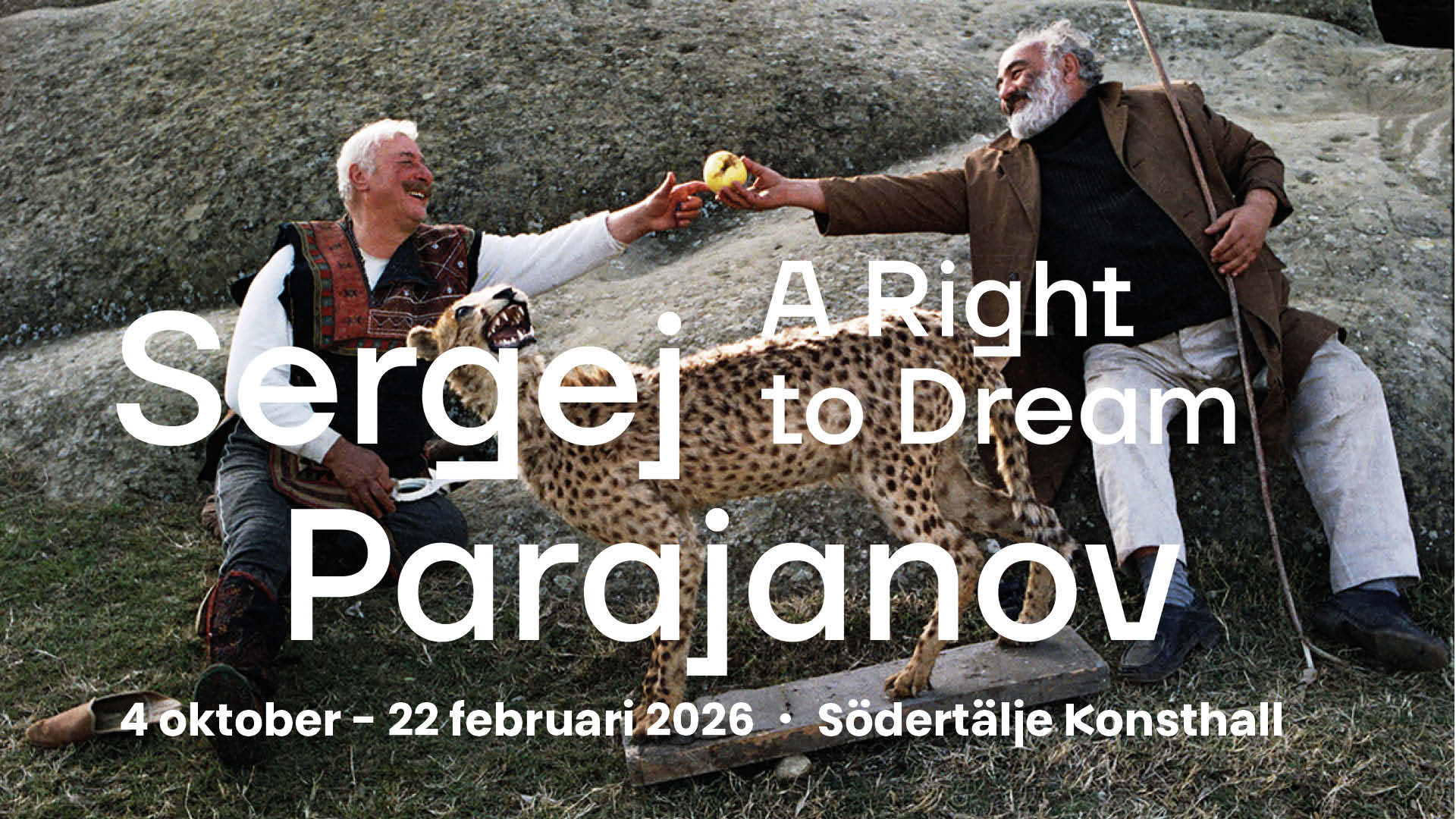

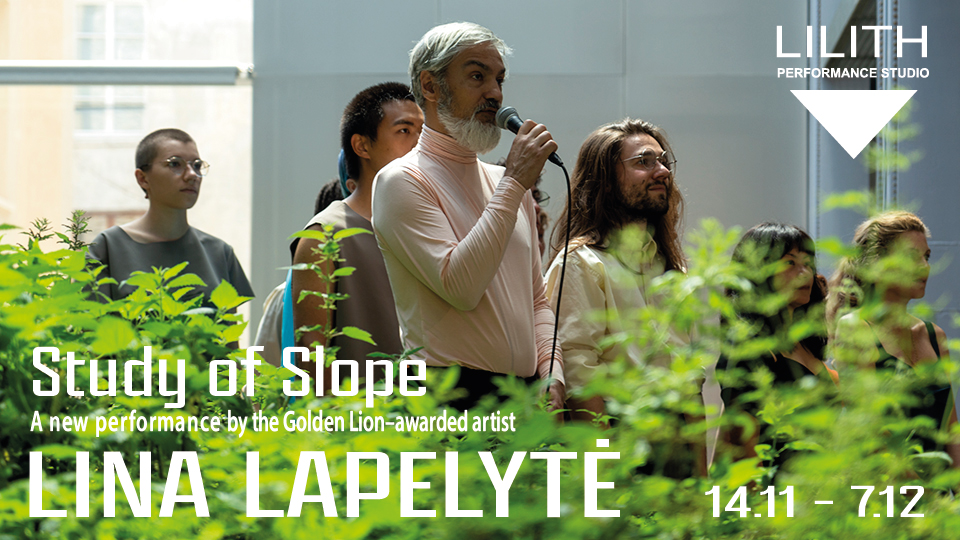
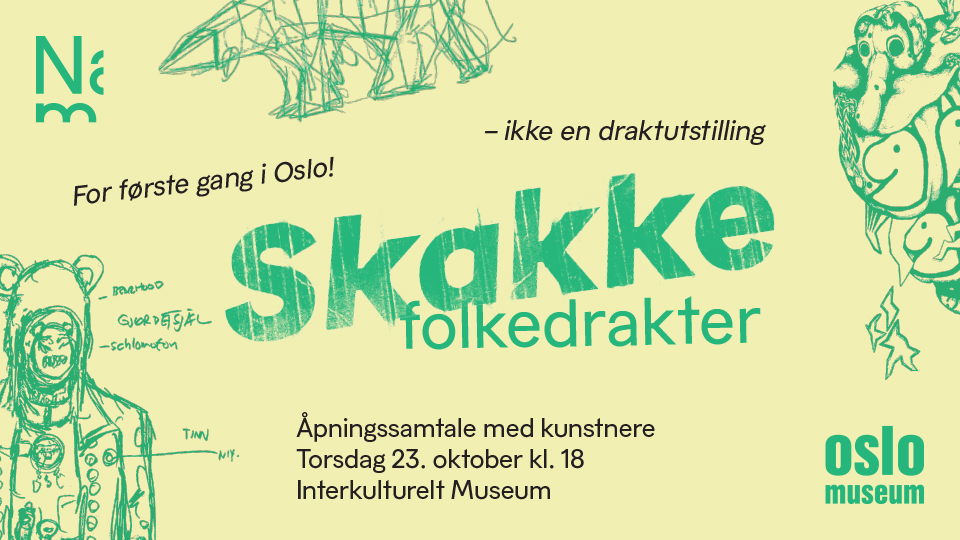
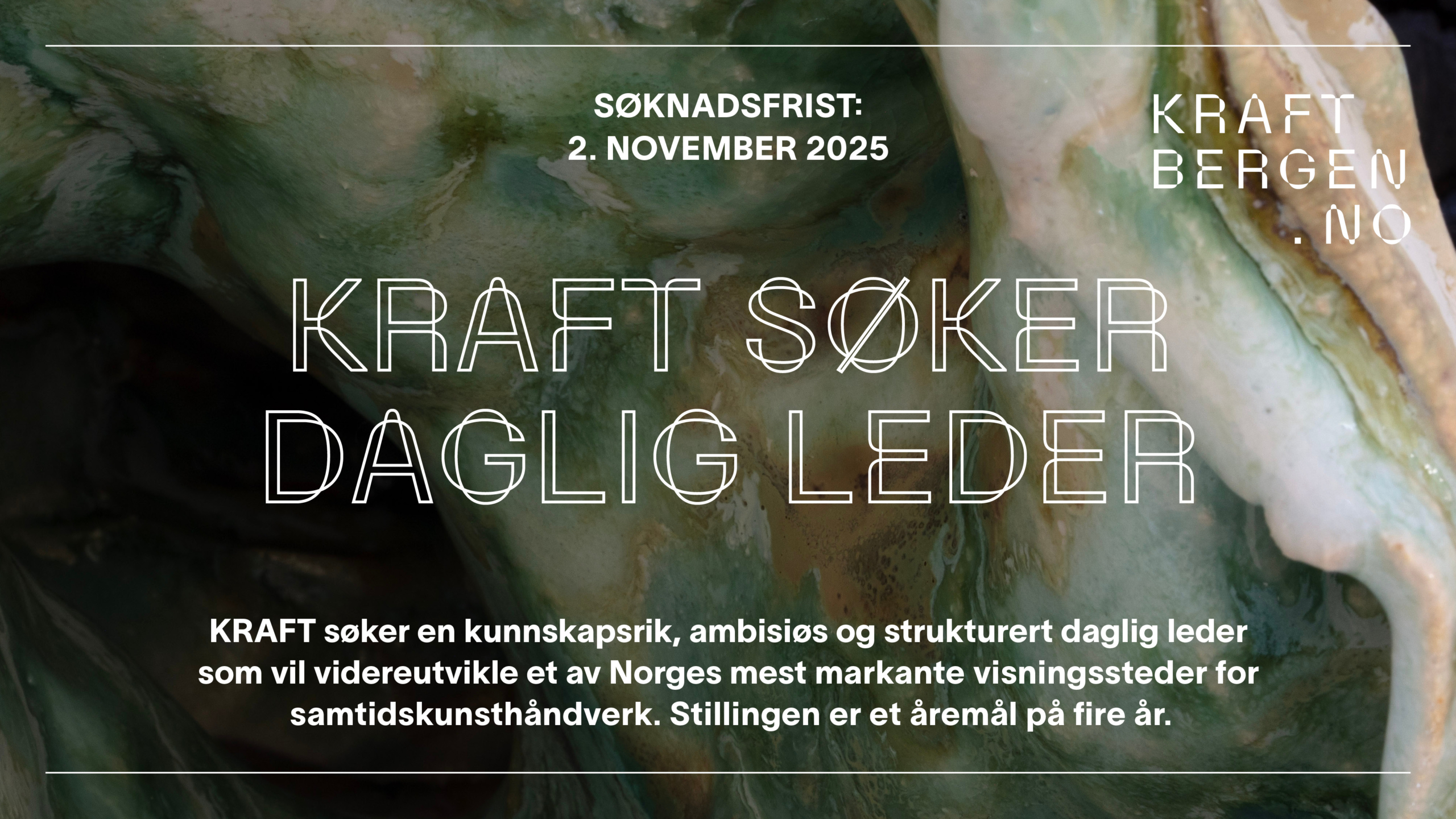
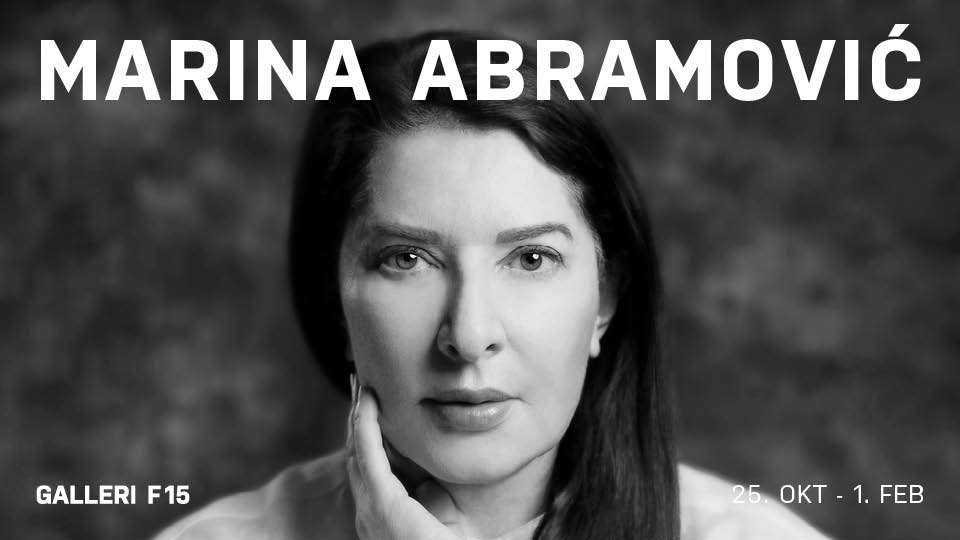
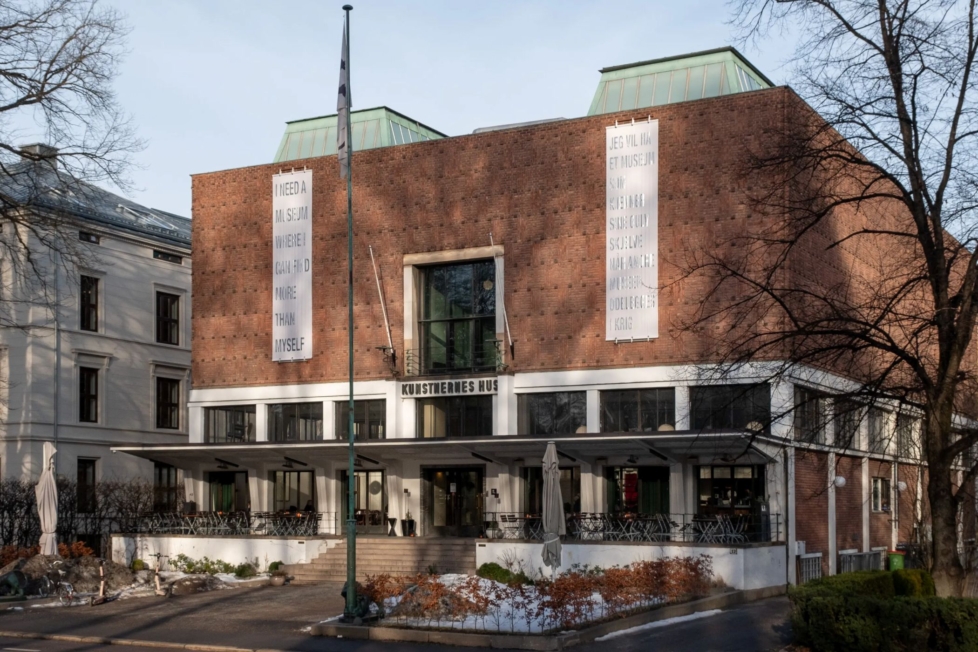
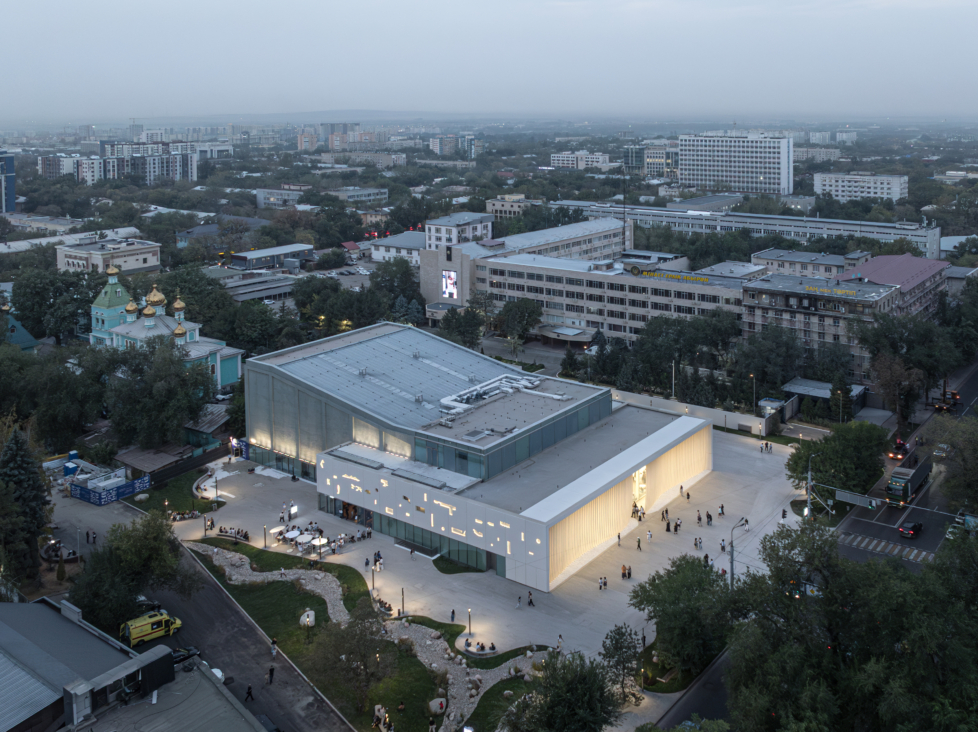
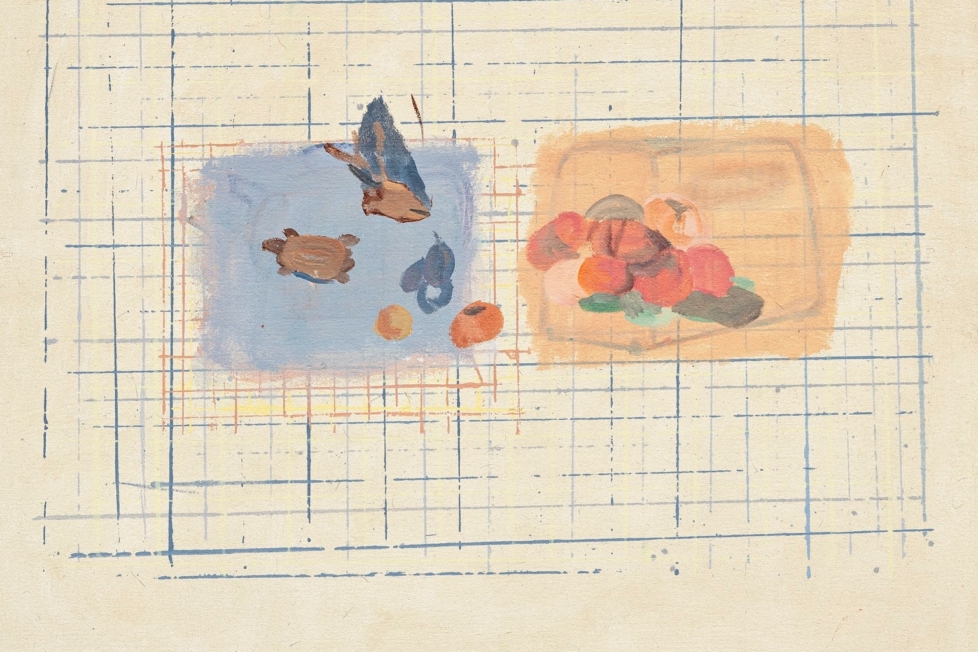
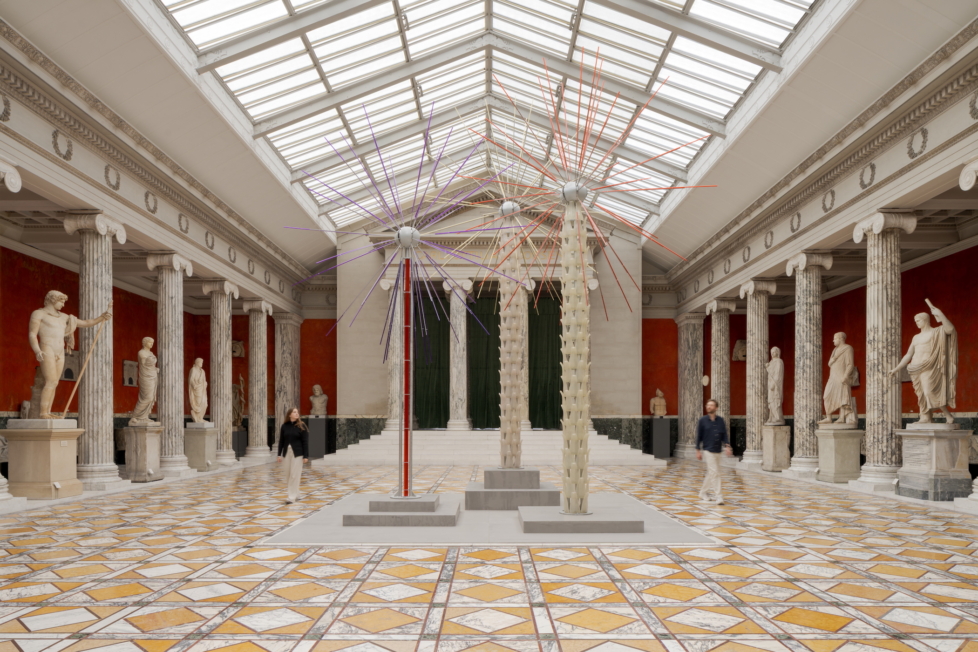
Leserinnlegg